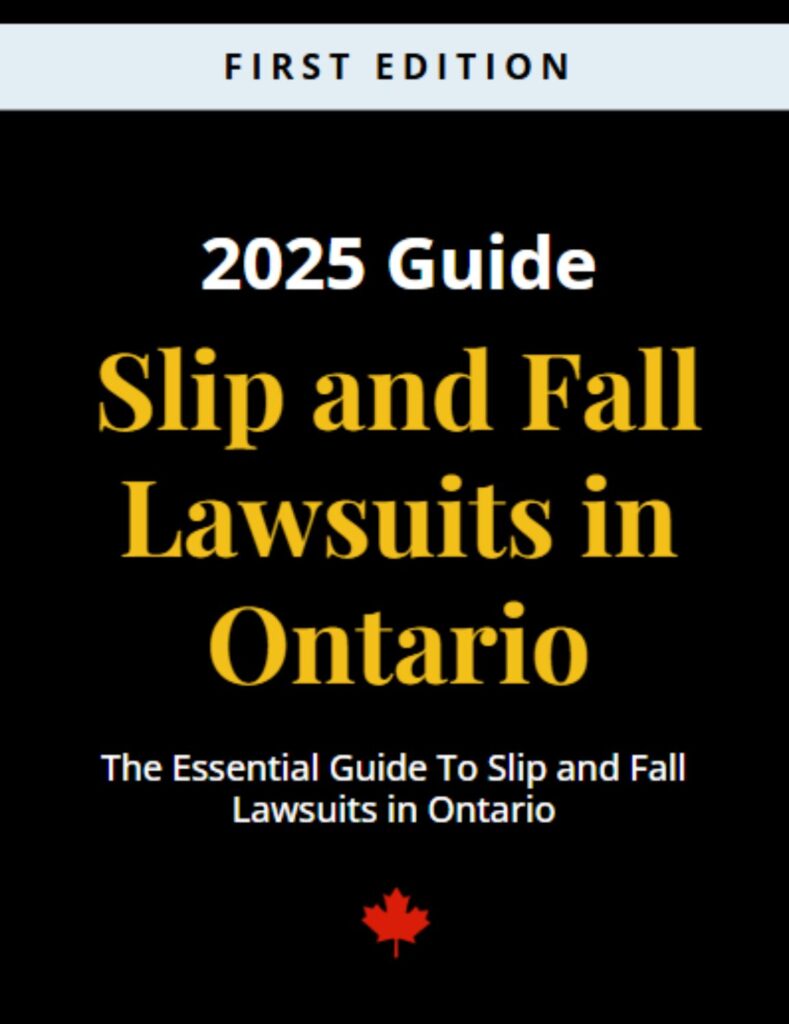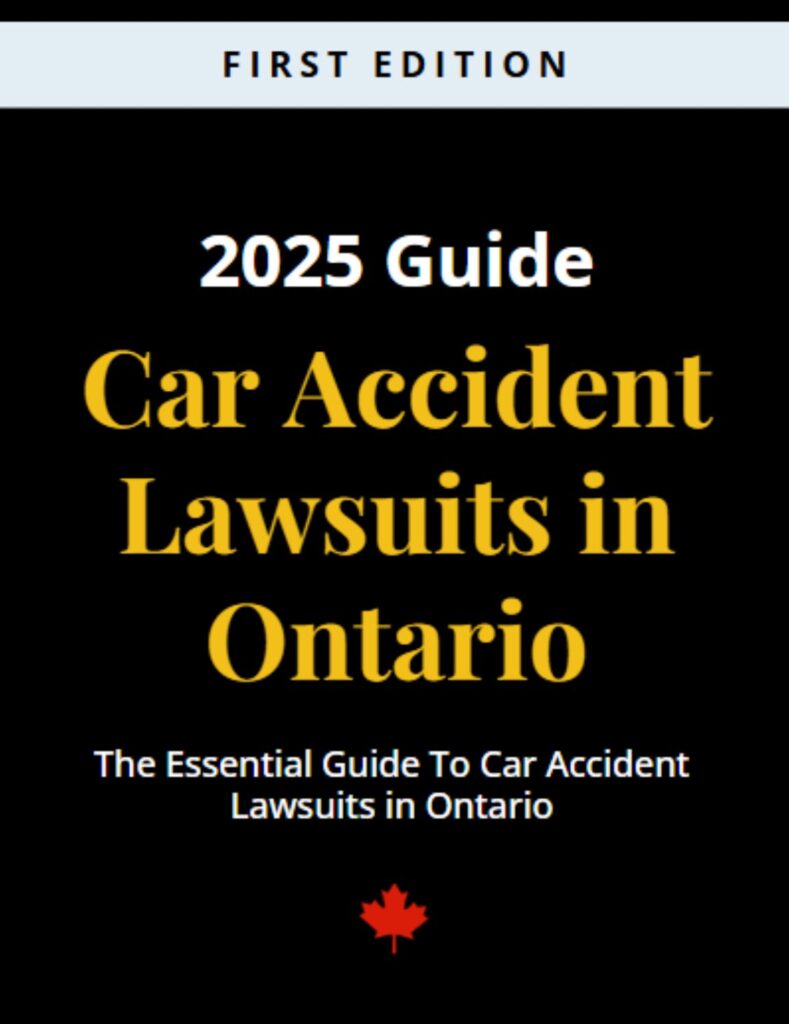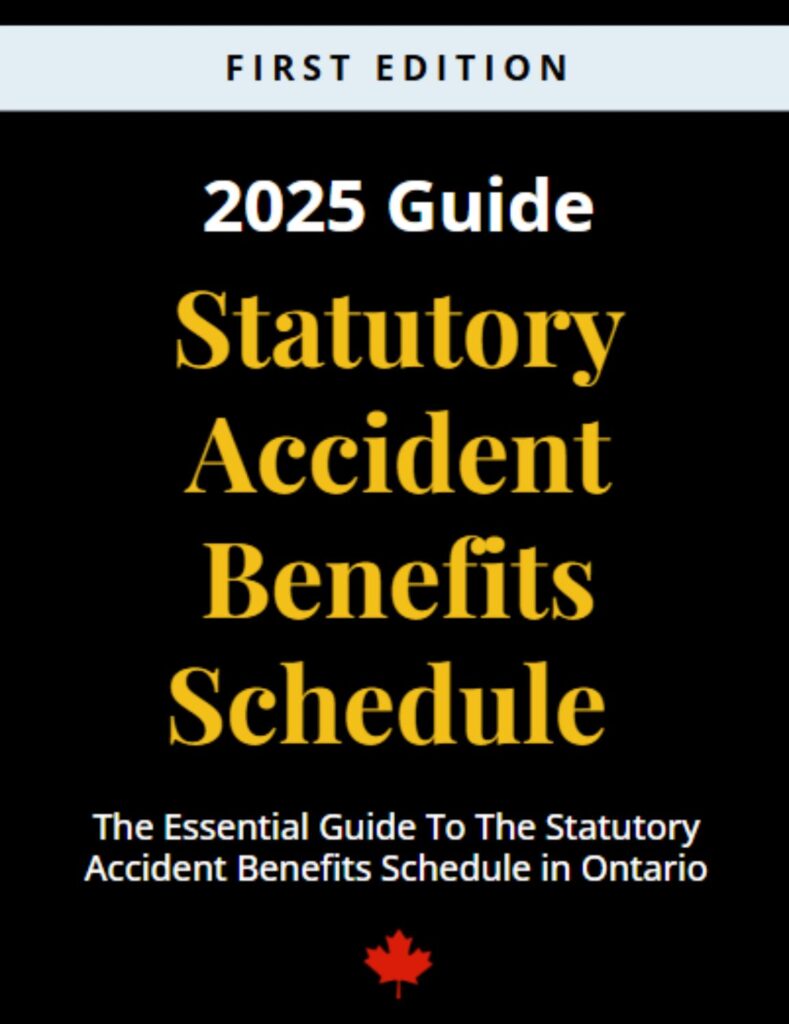Pickering Torn Ligaments Lawyer
Find out if you have a case today.
Contact our Pickering personal injury lawyers for a free consultation if you have legal questions regarding your personal injury claim.
Table of Contents
When we think of injuries that happen in car accidents, the injuries that most often come to mind are broken bones, concussions, or neck and back injuries. People generally do not give thought to ligaments—in fact, some people may not even be aware of what a ligament is, what it does for our bodies, and how it can be injured in an accident. However, ligament injuries can be serious and long-lasting.
What Is A Ligament?
A ligament is simply fibrous tissue that connects bone to bone. By connecting one bone to another, usually where joints are, the ligament helps to stabilize the joint, keep bones aligned, and help the skeleton bear the weight of our bodies.
We most often hear of ligament injuries in sports. Injuries to the anterior cruciate ligament (ACL) or medial cruciate ligament (MCL) are common injuries to the knees in athletes. But ligaments are also damaged when people sustain injuries like a sprained ankle, Achilles heel injuries, TMJ in the jaw, plantar fasciitis, or a shoulder separation (which involves ligaments, unlike a shoulder dislocation, which is a detachment of the humerus bone), all of which can happen in accidents.
LET US PUT OUR EXPERTISE TO WORK FOR YOU
Tell Us What Happened
Since 1959, we’ve helped thousands of Canadians get the compensation they deserve with their personal injury claims. One of Canada’s oldest personal injury law firms, personal injury law is exclusively what we do. Book a free consultation today with our top-rated personal injury lawyers.
Our team is available 24/7 to speak with you.
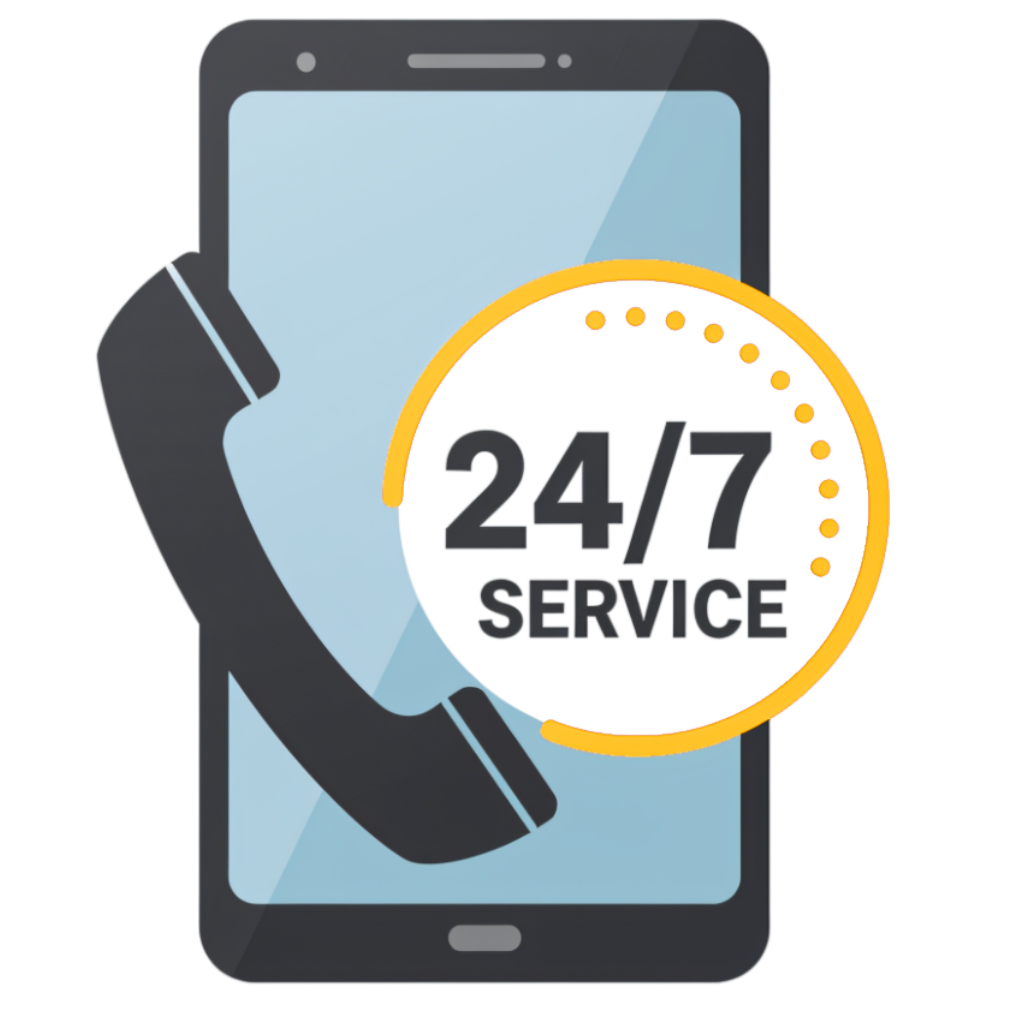
How Torn Ligaments Happen
Because a ligament connects bone to bone at a joint, any action that separates the bones, thus putting stress on the ligament, can result in a torn ligament. Think of someone who missteps off a curb, for example. If the foot lands sideways, the bone in the foot is being pulled away from the bone in the lower leg, thus stretching and tearing the ligament in the ankle (which is how a sprained ankle occurs).
In a car accident, this kind of stress happens all the time. The acute and sudden impact of an accident that thrusts the body forward but not the head can pressure the ligaments in the cervical spine and neck, leading to a cervical sprain. An arm or hand that reaches out to keep the body from impacting the interior of the vehicle can lead to a torn ligament in the wrist. Even shoulders can suffer torn ligaments if the arm is not supported as the body is thrust forward in a rear-end impact.
Whiplash And Torn Ligaments
Whiplash is a common injury sustained in a car accident. Whiplash can involve torn ligaments when the ligaments connecting bones in the neck, or connecting the neck bones to the skull, are injured. These injuries are often called sprains. Another common injury is a neck strain, although a strain involves a tear to the tendons that connect the muscles to the bones. Both neck sprains and strains are common injuries in a car accident, and the term whiplash is usually used interchangeably for either injuries to ligaments or tendons.
Symptoms
Sometimes the symptoms of a torn ligament are immediately obvious. Pain, swelling and stiffness may all be present. A victim may also experience spasms and bruising. Other times, the symptoms may be very slow to develop, with a victim not feeling serious pain until hours after an injury.
The level of pain may depend on where the victim has sustained the torn ligaments. Injuries to the ligaments in the knee are usually extraordinarily painful, almost immediately. Sprains and strains to the neck may just cause discomfort at first, and then later become more painful.
Getting Treatment
After an accident that causes an injury to a ligament, most professionals will recommend “RICE,” which stands for rest, ice (to reduce swelling), compression, and elevation of the injury.
No matter where on your body a torn ligament occurs, the standard X-ray given at most hospitals may not identify a torn ligament. X-rays see and diagnose injuries to bone, not to ligaments (or tendons). Thus, in many cases, someone may go to an ER and be sent home as “fine.” In other cases, if an X-ray does not identify damage to bones, an ER will diagnose either a sprain or a strain once a bone break is ruled out. In either case, follow-up with Pickering private doctors, who can perform diagnostic tests that see and diagnose torn ligaments, is vital for patients to recover.
Recovery From Torn Ligaments
Torn ligaments may heal (or improve) on their own. However, patients may still need casts or splints to stabilize the area where the ligament was damaged during recovery, and any joint that is weight-bearing may have to keep weight off it during recovery.
Sometimes, ligament injuries, especially more serious tears, will get better over time, but may not ever fully heal. Patients may always experience certain degrees of pain, discomfort and immobility, even years after an accident.
More serious ligament injuries will need surgical repair, although some ligaments are more amenable to surgical intervention than others. There is generally no surgery for damage to ligaments in the neck or spine area. However, injuries to ligaments in the shoulder and knee are often treated with surgery. Entire reconstruction of the knees or the shoulder may need to be performed by your surgeon, with recovery lasting many weeks.
Insurance Benefits And Lawsuits
The seriousness of the tear and its location can make a big difference in the time it takes to heal, and thus, in the insurance benefits you may need to assist you in recovering from an accident. In more serious cases, some ligament tears may entitle you to file a lawsuit against a negligent driver who caused the accident. The lawsuit can often result in the ability to recover damages for pain and suffering, lost wages and future health care expenses, among other things.
A lawyer who has experience with ligament tears can help you present your case to an insurance company and to the courts, to help you get the benefits you need to assist you in your recovery.
The Pickering torn ligaments lawyers at Preszler Injury Lawyers can help you recover accident benefits and often recover damages via lawsuit to help you pay your future medical bills or lost wages after an accident. Call us today to discuss your injuries and your accident.
More Pickering Practice Areas
Proudly Canadian
Award Winning Personal Injury Law Firm
We are proud to be one of Canada’s oldest and long-standing personal injury law firms. Since 1959, we have been providing exceptional legal services and have established ourselves as leading personal injury lawyers in the Canadian legal community. It’s not just the awards that recognize our achievements, but also the wins we’ve achieved for thousands of Canadians with their personal injury claims.


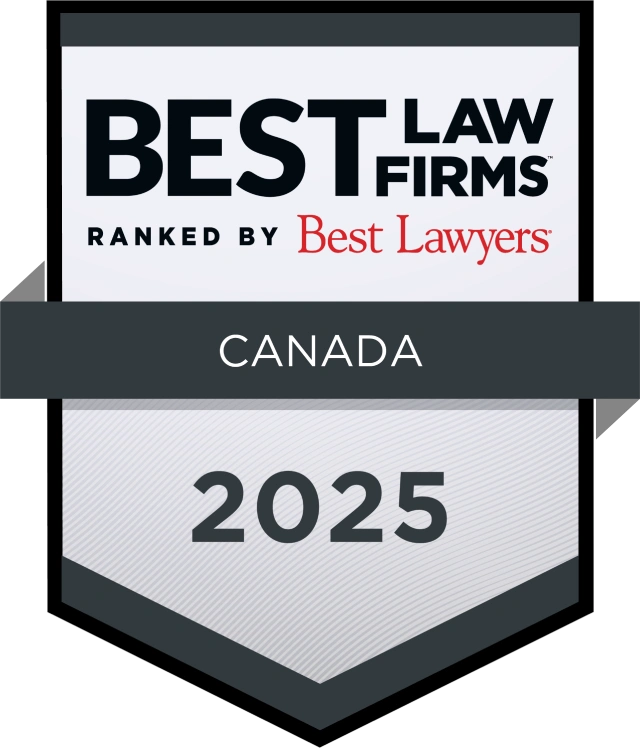
More personal injury Topics
Here’s more information on personal injury related topics that we think you might find helpful.
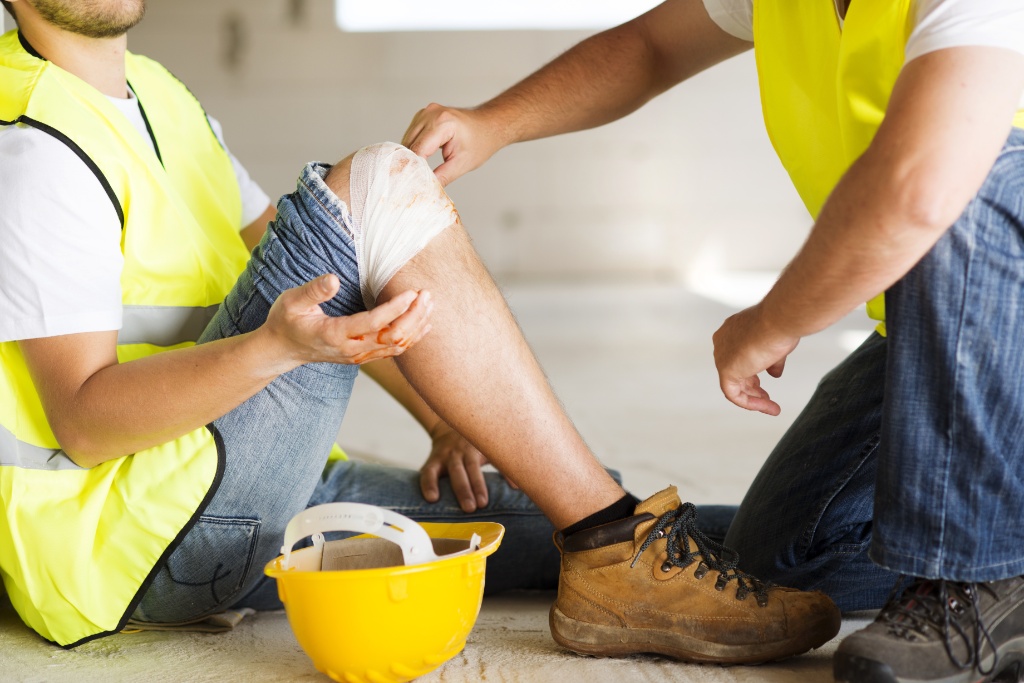
personal injury
|
January 23, 2024
Injured as a Worker in Ontario? A WSIB Claim Isn’t Necessarily Your Best— Or Only— Option
In Ontario, the compensation of workers who sustain injuries or illnesses in the course of their employment is governed by the Workplace Safety and Insurance…

personal injury
|
December 7, 2023
Does a Child Have the Right to Sue for Personal Injury?
As much as parents and guardians do everything they can to keep children safe and protected from dangerous situations, there are occasions when a child…
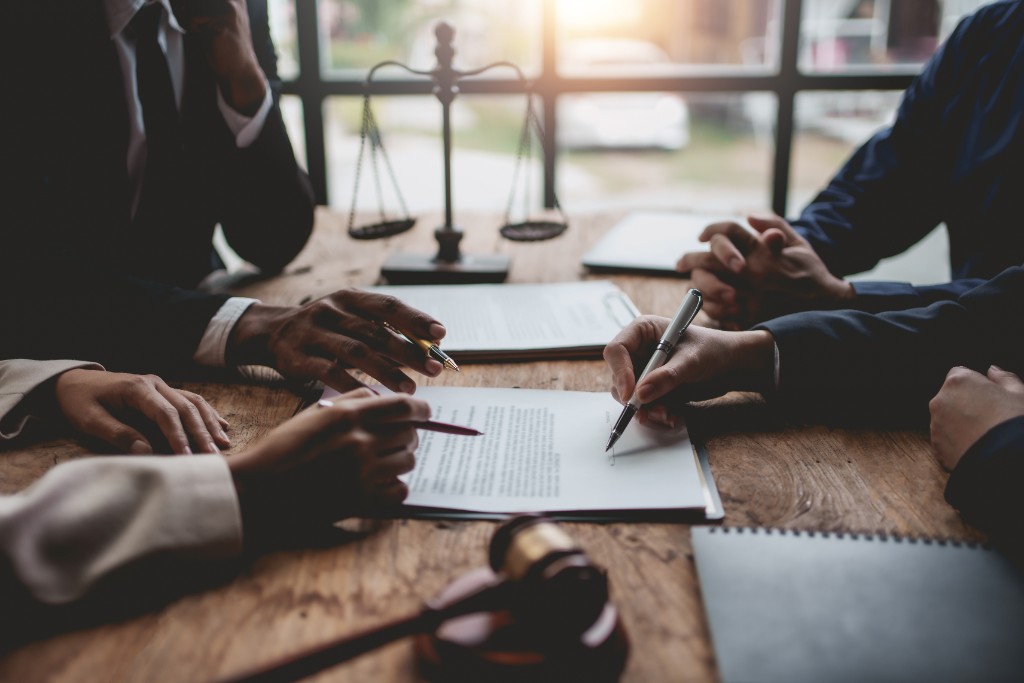
personal injury
|
October 10, 2023
Gain Peace of Mind Through a Structured Settlement
The phrase “structure binds anxiety” is often used by psychologists to help people suffering from anxious feelings and intrusive thoughts. This maxim’s aim is to…
More personal injury Video Resources
We also have some videos on the topic of personal injury claims
personal injury FAQs
Here are some commonly asked questions for personal injury claims
What does a lawsuit look like?
Every personal injury lawsuit is generally comprised of five main parts. The length of time each part takes can vary depending on the complexity of your case. Your lawyer will help you through each stage by providing tailored advice and strong legal representation.
You can expect:
- Statement of Claim: This is a formal document that initiates the personal injury claim against the at-fault party (or individual you are suing).
- Examination for Discovery: This is a meeting where you and your lawyer will ask the opposing party questions about the claim, the accident, fault, and anything else that is deemed relevant. The opposing party will also have the opportunity to ask you questions.
- Gathering of Evidence: Your legal team will gather a variety of evidence on your behalf to strengthen your claim. This might include medical records, police reports, images from the accident scene, witness testimony, expert opinions, and more.
- Mediation: If you would like to attempt to settle without going to trial, you will likely undertake mediation. Mediation involves you and the opposing party negotiating the terms of your settlement with the assistance of a neutral third party.
- Trial: If you are unable to reach a settlement during mediation, your claim will proceed to trial. During trial, your lawyer will present your case and the evidence they have gathered before a judge (and sometimes a jury). Once complete, the judge will decide the final amount of compensation you’re entitled to.
It’s important to note that a majority of personal injury claims are settled through mediation, out of court. Our Toronto personal injury lawyers help guide clients through each of these stages, so they don’t have to navigate the legal complexities alone.
How much will I have to pay for lawyers’ fees?
Our personal injury lawyers work on a contingency-fee basis, meaning we only get paid if you win your case. A percentage of the settlement you receive will go towards lawyers’ fees. There are no upfront, out-of-pocket payments required.
What type of compensation can I expect to get?
When you’re injured in an accident due to someone else’s negligence, there are many different types of compensation you may be eligible to receive. The amount and kind will depend on the severity of your injury and the specifics of your case.
Common damages you might claim include:
- Pain and suffering
- Out-of-pocket expenses
- Loss of income
- Housekeeping losses
- Medical costs
- Legal costs
- And more
Our experienced Toronto personal injury attorneys will help maximize what you can recover by exploring your case and eligibility in depth. We aim to ensure that the compensation you receive reflects not only your current suffering, but the lifelong effects that your accident may have in the future.
When can I sue for non-pecuniary general damages (e.g. pain and suffering, loss of enjoyment of life, etc.)?
In Ontario, you can sue for non-pecuniary damages if you have suffered a permanent and serious impairment of an important physical, mental, or psychological function, or permanent, serious disfigurement. This is known as the “threshold.” If you meet this threshold, you can sue for general damages such as pain and suffering, loss of enjoyment of life, and other similar losses.
How long will it take to settle my case?
The length of time it takes to settle a case depends on several factors, including the complexity of the case, the extent of your injuries, and whether the other parties involved are willing to settle. Some cases can be settled in a few months, while others can take years.
How long will the process take?
The length of time a personal injury claim can take varies widely according to the specifics of your case. While some cases settle in a matter of months, some can take anywhere from two to four years.
Some factors that affect the duration of personal injury claims include:
- Complexity of your injuries
- Each party’s willingness to settle
- Whether a claim goes to court
- Insurance company cooperation
- Availability of evidence
- And more
When liability is clear or injuries/damages are more clearly documented, cases may move faster. A personal injury lawyer will make sure the process keeps moving, although sometimes delays (like court backlogs) are unavoidable. Seeking personal injury legal advice early may help you streamline your timeline.
How long do I have to sue?
In Ontario, generally speaking you have two years from the date of your injury-causing accident to file a claim. However, based on the circumstances of your individual case, this timeline could be subject to additional limitations.
Do I have a strong case?
After taking advantage of a free initial consultation with our personal injury lawyers, the strength of your case can be evaluated based on the evidence available and the specific circumstances of your accident. Our personal injury lawyers offer case-specific legal feedback to help you understand the strengths and weaknesses of your case and advise you on legal options that might be available.
Got more questions?
If you have more questions or need legal help regarding personal injury claims, contact our legal team for help.
We’re happy to help.
INJURED IN AN ACCIDENT IN Pickering?
Book a FREE Consultation
With Our Legal Team Today
Our phone lines are available 24/7
During your free consultation you will find out if you have a case worth pursuing as well as answers to any legal questions you may have.

